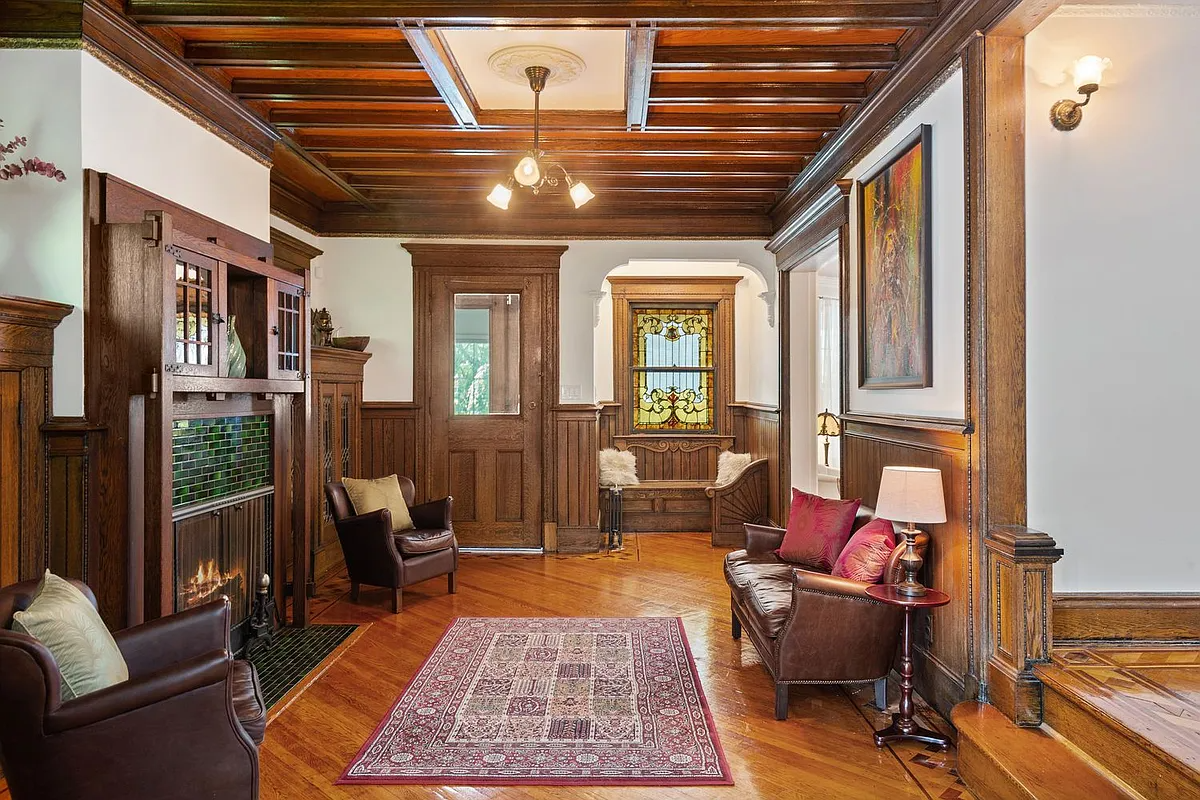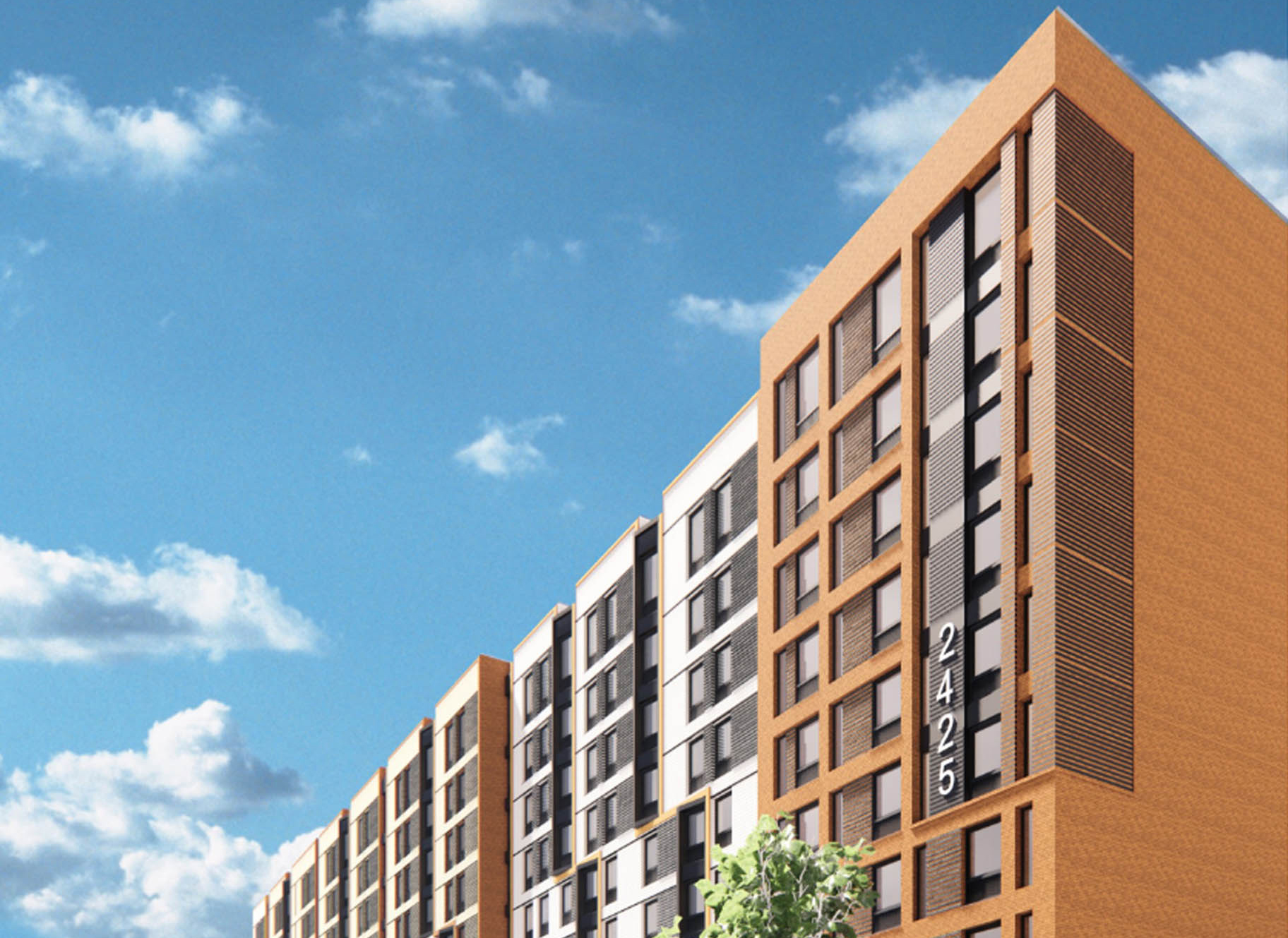Bigger But Not Better in The Slope
Looking at this kind of before-and-after is a good way to get depressed. The transformation of 561 11th Street was noticed and mused upon by the blog Save The Slope: We have no idea if the new building is great architecture or not. Personally we prefer the old building. One wonders, though, what has really…


Looking at this kind of before-and-after is a good way to get depressed. The transformation of 561 11th Street was noticed and mused upon by the blog Save The Slope:
We have no idea if the new building is great architecture or not. Personally we prefer the old building. One wonders, though, what has really been gained in this process? The new building is not dramatically larger than the old one. The old building could have been a 1- or 2-family; the new building appears to be a 3-family. Perhaps we have managed to squeeze another couple of people into Park Slope, which is great. Probably someone has made a lot of money in this transaction, or hopes to. But the one certainty is that we have lost a bit more of Park Slope’s historic fabric and unique “sense of place”.
Bummer.
11th Street: Another One Bites the Dust [Save The Slope] GMAP





Mopar… Paul Revere’s House was not preserved because it’s old or architecturally special. It is preserved because it’s important historically. Ya know, Paul Revere.
Also, as for the rest of your argument — just because others have set a precedent for preserving unremarkable buildings doesn’t mean it’s right.
And, wouldn’t the “1920s shacks” in Carmel fall under the same category as the Victorian brownstones in Parkslope? i.e., they actually *are* significant.
Of course only “lifelong” Brooklynites care about Brooklyn, MM. Didn’t you know that?
those extra 2 people could go to one of the many mega-condos in Prospect Heights that only have chirping crickets as residents.
or to the previously mentioned Hasid-erific beauties:
http://deadstuy.blogspot.com/
Montrose;
I do not have the time in the day to draft a mission statement for a movement I’m not involved in. I do know when a movement is impinging on the healthy development of my borough, and thus I will oppose it.
I am a life-long Brooklynite who cares deeply about my hometown,and I am against a movement that would turn wide swaths of it into an adult disneyland that is affordable to only a few (and by affordable, I mean not only the purchase price, but the cost of maintaining a house in which one has to get a lawyer if the LPC does not approve of your choice of garage color).
If you want to believe that my opposition is hatred, well, whatever flaots your boat.
How do we have a housing crisis with so many empty apartments? And there are acres of empty lots in Brooklyn, Queens and even the Bronx. In Manhattan, thousands of square feet of office space are empty- the market is oversaturated. How about we exercise some common sense and figure out how to make use of what’s already there? What we have is a crisis of affordable real estate.
Those who would preserve this are guilty of SNOB ZONING.
The new building is a 4-family. The old one was at most a 2-family.
For those would have wanted to preserve it: WHERE SHOULD THE OTHER TWO PEOPLE GO? Long Island? Poconos?
NYC should have a choice:
Rent control or Landmarks/Zoning
Because now we’ve created an impossible situation: we’ve got a housing crisis, but we don’t allow supply to increase (through new construction) or demand to decrease (through increase prices)
Have any of the pro-tear-downers actually seen this block? With all the focus on the parking garage (which, if you’ve seen it, is far more low key and “contextual” than the Megablox condo next to it), you’re ignoring the little frame house on the other side. I’ve watched the progress of that little yellow house over the past 10 years as the owners have fixed it up from what would have been considered tear-down status as well. They turned it into a lovely house that added a lot of charm to the block. Now that big condo is hulking over it, robbing it of much of its natural light – if you’ve seen this block you can see how much more obtrusive the condo appears than its neighbors – it extends much closer to the sidewalk than other 4 story apartment bldgs, and takes up more space in the back as well. I don’t know the owners of the neighboring house, but I feel for them – this has been happening with some frequency, esp. in the South Slope, and it is a shame. The housing character of a neighborhood does matter – houses in Astoria will never cost as much as a house of similar size in brownstone brooklyn. New doesn’t have to equal ugly – I also thought it a shame that the Church around the corner sold its garden to developers, but at least the Iroquois came out looking halfway decent.
Agree with Montrose. It is possible to build an attractive four-family building that would fit into the block here. We should have some kind of review.
As for saving an “unremarkable” house, there is plenty of precedent. What about Paul Revere’s place in Boston? It was nothing special at the time but it is now because it’s so old and few buildings of its age remain.
In Carmel, Calif., no one is allowed to tear down a ramshackle 1920s shack to build an expensive custom and outsize McMansion. Not because the individual shack is so important but because that type of housing gives the area its historic flavor and charm, and is why the city is a popular tourist destination. If they had not landmarked, Carmel would be an ordinary, uninteresting looking place just like Monterey and Pacific Grove.
And what do you perceive that mission to be, benson, since you consider the whole movement to be “intellectually and morally bankrupt”?
The preservation movement did not jack housing or construction prices up. That is absurd. The cries of elitism are solely coming from your hatred of the movement.
And having a neighborhood landmarked does not remove it from any possibility of change, neither in new construction or the internal reconfiguration of existing buildings. It only mandates that that external and new construction meed certain guidelines. Working within those guidelines creates buildings that are more likely to be sustainable and desireable for many years to come. Doing it right the first time costs less in the long run.